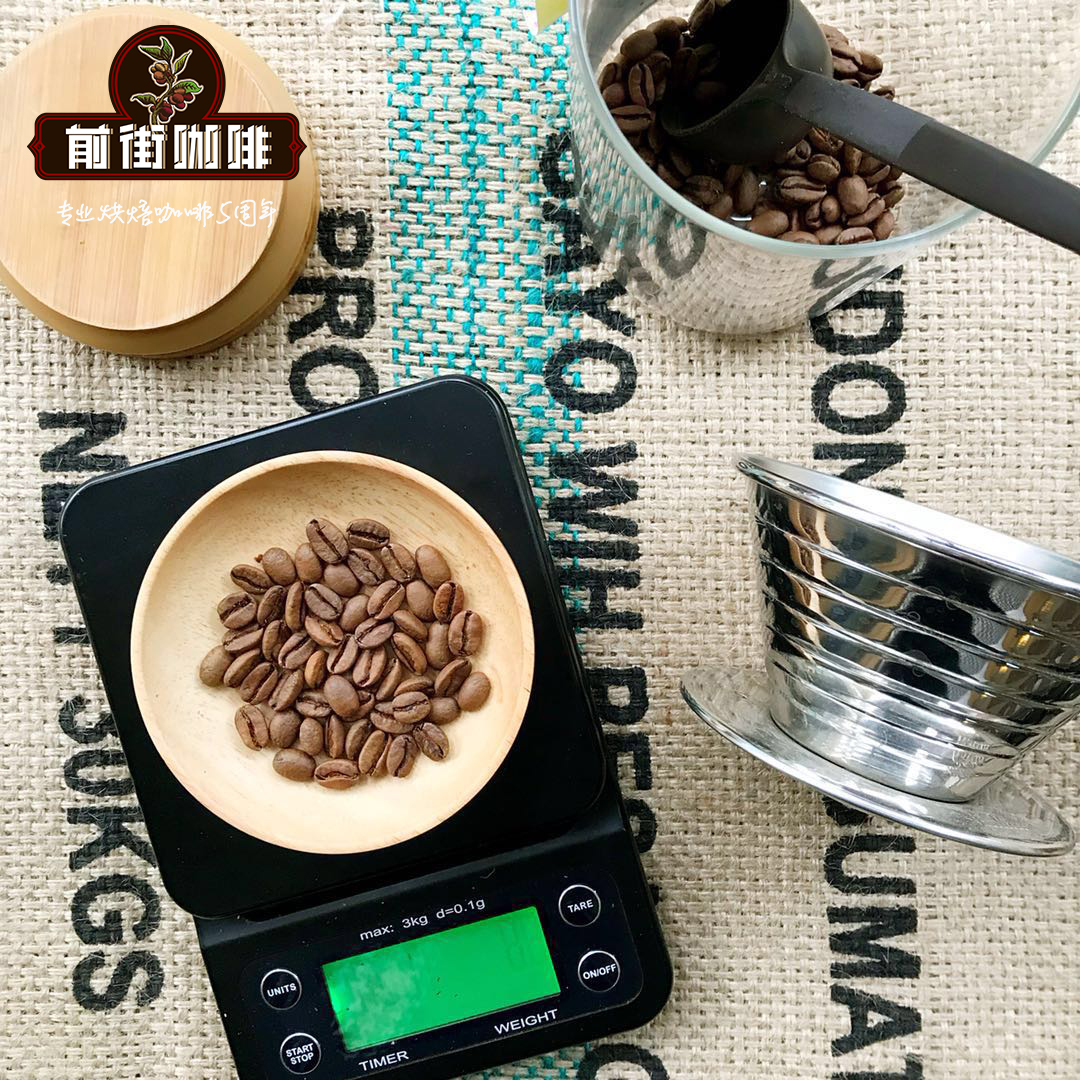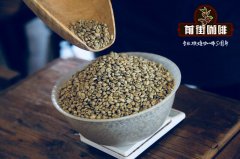Introduction to Malaba Coffee: how to Bake Malaba Coffee and how well it is roasted

Professional coffee knowledge exchange more coffee bean information please follow the coffee workshop (Wechat official account cafe_style)
Although the wind-stained Malaba coffee beans seem to be big and fat, they are soft beans that are strong and dry outside, a change brought about by months of weathering. Coffee beans have been exposed to the moist monsoon for several weeks, which not only turns the beans yellow, but also reduces the acidity of the coffee itself, and the taste is very special. In addition to serving as a single product, Indian Malaba coffee beans are also suitable for blending integrated coffee beans.
Wind-stained coffee Malaba coffee needs to be made with sun-dried beans, and the wind-stained factory faces to the west in order to catch the salty monsoon blowing from the southwest. Malaba coffee is laid flat in the wind-soaked field, the windows are all open, and the wind stains can be put into the bag to a certain extent, but the coffee beans should not be too full, and the coffee bags should not be piled too tight to avoid mildew, and it is time-consuming and labor-consuming to pour out coffee beans and replace linen bags from time to time. The weathering period is about 12 to 16 weeks, and after it is ripe, it has to be fumigated to drive out the weevil, and finally the beans are screened manually to pick out the failed beans that have not turned golden. After three to four months of wind stains, the volume of green coffee beans increased by one to two times, the weight and density decreased, the moisture content was about 13%, and the quality and quantity changed significantly.
Production resume
Product name: India Monsooned Malabar AA+
Producing country: India, India
Place of origin: Malabar Malabar (or Malaba coffee)
Grade: Malabar AA+
Treatment: wind stains after sun exposure
Variety: Arabica
An overview of flavor
Wheat, straw, roasted nuts, walnut wood, Nanyang spices, black molasses, greasy and sticky
Important Notice :
前街咖啡 FrontStreet Coffee has moved to new addredd:
FrontStreet Coffee Address: 315,Donghua East Road,GuangZhou
Tel:020 38364473
- Prev

Indian style Malaba treatment what is Indian monsoon coffee? What kind of coffee is Malaba coffee?
Professional coffee knowledge exchange more information about coffee beans Please follow the coffee workshop (Wechat official account cafe_style) Indian style-stained Malaba coffee has been favored by Europeans since the 17th century. This kind of wind-stained coffee is a new flavor created inadvertently. In the 17th and 18th centuries, India shipped coffee beans to Europe by sailboat, which took six months to buy raw beans.
- Next

Guide to the baking curve of Malaba Coffee description of the taste and flavor of Malaba coffee by different treatments
Professional coffee knowledge exchange more coffee bean information Please pay attention to the coffee workshop (Wechat official account cafe_style) the wind-stained coffee needs to be made with sun-soaked beans, all the factories dealing with wind-stained coffee face to the west to welcome the salty and wet monsoon blowing from the southwest sea, the coffee beans are spread flat in the wind-soaked field, the windows are all open, and then enter the bag after the wind stains to a certain extent, but because of passing.
Related
- Detailed explanation of Jadeite planting Land in Panamanian Jadeite Manor introduction to the grading system of Jadeite competitive bidding, Red bid, Green bid and Rose Summer
- Story of Coffee planting in Brenka region of Costa Rica Stonehenge Manor anaerobic heavy honey treatment of flavor mouth
- What's on the barrel of Blue Mountain Coffee beans?
- Can American coffee also pull flowers? How to use hot American style to pull out a good-looking pattern?
- Can you make a cold extract with coffee beans? What is the right proportion for cold-extracted coffee formula?
- Indonesian PWN Gold Mandrine Coffee Origin Features Flavor How to Chong? Mandolin coffee is American.
- A brief introduction to the flavor characteristics of Brazilian yellow bourbon coffee beans
- What is the effect of different water quality on the flavor of cold-extracted coffee? What kind of water is best for brewing coffee?
- Why do you think of Rose Summer whenever you mention Panamanian coffee?
- Introduction to the characteristics of authentic blue mountain coffee bean producing areas? What is the CIB Coffee Authority in Jamaica?

